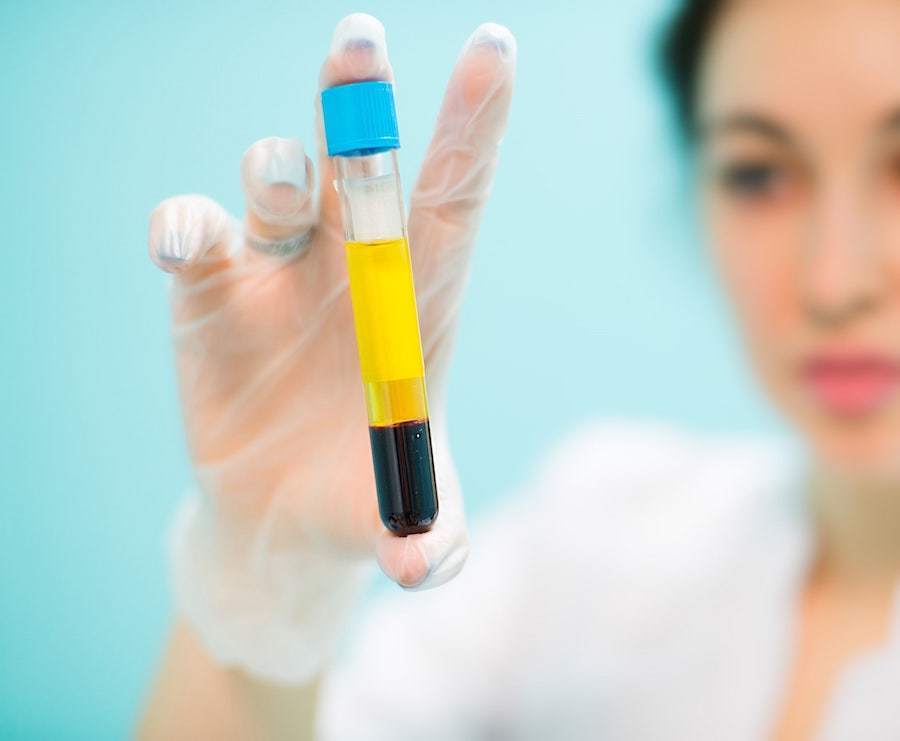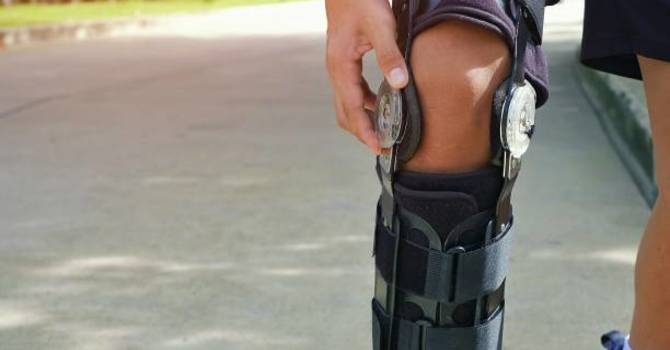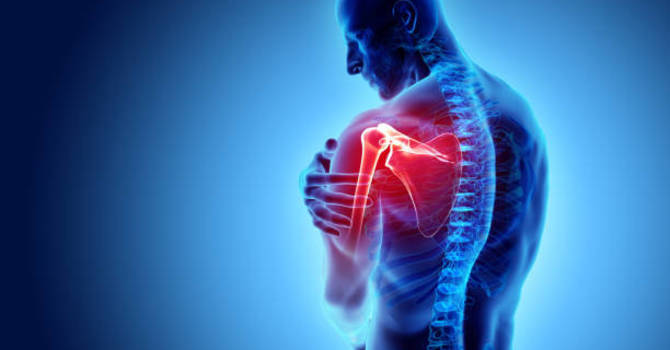
If you’ve recently undergone Platelet-Rich Plasma (PRP) injections to address an injury or chronic pain, you might be wondering when it’s safe to resume exercising. Exercise is a crucial part of recovery and rehabilitation, but timing is important to ensure that you don’t disrupt the healing process. Here’s a straightforward guide on when and how to get back to your workout routine after PRP injections.
Understanding PRP Injections
What are PRP Injections?
Platelet-Rich Plasma (PRP) injections involve taking a small sample of your blood, processing it to concentrate the platelets and growth factors, and then injecting this concentrated solution into the injured area. The goal is to accelerate healing, reduce inflammation, and improve tissue regeneration.
How PRP Affects Your Recovery
PRP injections work by stimulating your body’s natural healing processes. While this can lead to significant improvements, it also means that the area treated needs time to properly heal and respond to the therapy. This is why managing your exercise routine is essential during the recovery period.
When to Resume Exercise After PRP Injections
Immediate Post-Treatment Phase
1. First 24 to 48 Hours: Rest is Key
Immediately after receiving PRP injections, the focus should be on rest and avoiding strenuous activities. This period is crucial for minimizing inflammation and allowing the injected PRP to settle into the target area. Avoiding exercise during this initial phase helps to prevent any additional strain on the treated area.
2. Light Activity
Depending on the injection site and your overall condition, light activities such as gentle stretching or walking might be permitted after the first 24 to 48 hours. Always follow your healthcare provider’s specific recommendations regarding what activities are appropriate during this time.
Reintroducing Exercise
1. Week 1 to 2: Gradual Return
After the initial rest period, you can start to gradually reintroduce exercise. Begin with low-impact activities that do not put excessive strain on the treated area. For example, if you had PRP injections in your knee, consider stationary biking or swimming as alternatives to high-impact exercises.
2. Monitoring Symptoms
Pay close attention to how your body responds to the reintroduced exercise. It’s normal to experience some mild discomfort or soreness, but if you encounter significant pain or swelling, you may need to scale back or consult with your healthcare provider.
Full Return to Exercise
1. Week 3 and Beyond: Increasing Intensity
By the third week, if you’re feeling good and your healthcare provider has given the green light, you can start gradually increasing the intensity and duration of your workouts. Incorporate strength training and more vigorous exercises as tolerated. It’s important to ease into more challenging activities to avoid overloading the healing tissues.
2. Listen to Your Body
Even as you increase intensity, always listen to your body. If you experience any unusual pain or discomfort, it’s crucial to adjust your activity level and seek advice from your healthcare provider. Consistent communication with your provider will help ensure that you’re on the right track.
Tips for Exercising After PRP Injections
Follow Your Provider’s Advice
Your healthcare provider knows your specific situation and the details of your PRP treatment. Always follow their personalized recommendations and guidelines for resuming exercise. They can provide you with a tailored plan based on the location and severity of your injury.
Prioritize Warm-Up and Cool-Down
Proper warm-up and cool-down routines are essential to prepare your muscles and joints for exercise and to aid in recovery. Incorporate dynamic stretches before working out and static stretches after exercising to support overall flexibility and reduce the risk of injury.
Modify Exercises as Needed
If certain exercises cause discomfort or pain, consider modifying them or substituting with lower-impact alternatives. For example, if running is uncomfortable, switch to cycling or swimming, which might be gentler on the treated area.
Stay Hydrated and Nourished
Hydration and proper nutrition support overall healing and recovery. Drinking plenty of water and consuming a balanced diet rich in vitamins and minerals can help your body repair itself more efficiently.
Monitoring Your Progress of PRP
Keeping Track
Maintain a log of your exercise activities, symptoms, and overall progress. This record can be useful for both you and your healthcare provider to assess how well you’re responding to exercise and PRP treatment. It helps in adjusting your exercise regimen as needed.
Regular Check-Ins
Schedule regular follow-up appointments with your healthcare provider to monitor your recovery and discuss your exercise progress. They can provide feedback and make adjustments to your treatment and exercise plan to optimize your recovery.
Conclusion
Getting back to exercise after PRP injections is a crucial step in your recovery journey. By following a careful and gradual approach, you can support your body’s healing process while safely reintroducing physical activity. Remember to prioritize rest immediately after the injections, gradually increase activity levels, and always listen to your body. With the right balance and guidance from your healthcare provider, you’ll be on your way to a successful recovery and improved health.
Dr. Devin Stone
Contact Me



